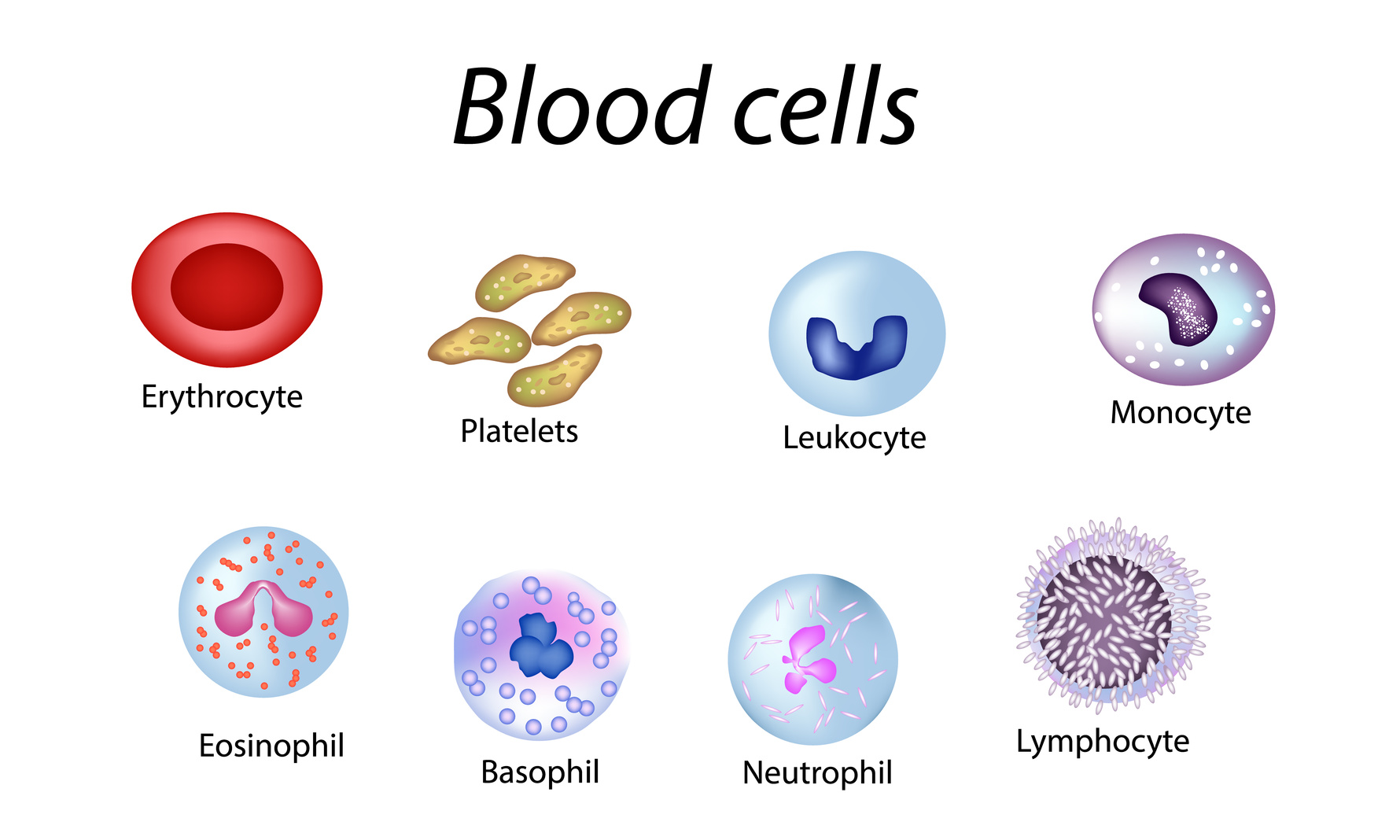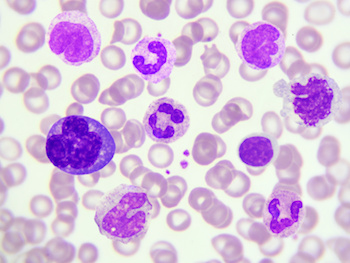What is Platelet Rich Plasma

Platelets, also called thrombocytes, play a key role in the regeneration and wound healing process. Platelet Rich Plasma, PRP Therapy is a revolutionary pain treatment therapy involves injecting platelets from the patient’s own blood to rebuild a damaged tendon or cartilage. They consist of a variety of so called growth factors, among them are
EGF (Epidermal Growth Factor)
PDGF (Platelet Derived Growth Factor)
VEGF (Vascular Endothelial Growth Factor)
 White blood cells (WBCs), also referred to as leukocytes, are a key part of the body´s immune system. They help fight infections by attacking viruses, bacteria or germs.
White blood cells (WBCs), also referred to as leukocytes, are a key part of the body´s immune system. They help fight infections by attacking viruses, bacteria or germs.
Red Blood Cells, also known as Erythrocytes, are responsible for transporting oxygen from the lungs to the cells of the body.
Plasma consists of around 92% of water. It also contains many essential vitamins, nutrients and proteins that are key to cell survival.
 Platelet Rich Plasma is defined as a blood concentrate with a significantly higher presence of platelets, compared to native blood. PRP Therapy is an emerging regenerative treatment option that jumpstarts the patient´s own regeneration process. The procedure utilizes the latest in medical technology to prepare an autologous (from one patient applied to the same patient) blood concentrate.
Platelet Rich Plasma is defined as a blood concentrate with a significantly higher presence of platelets, compared to native blood. PRP Therapy is an emerging regenerative treatment option that jumpstarts the patient´s own regeneration process. The procedure utilizes the latest in medical technology to prepare an autologous (from one patient applied to the same patient) blood concentrate.
Once the concentrated platelets are locally injected they get in contact with different platelet activators such as collagen, thrombin, motion or even heat. Upon activation the platelets release a variety of so called growth factors. These are responsible for the healing and regeneration process – a high concentration of these growth factors results in a kick-start of foresaid.


 Platelet Rich Plasma is prepared in your physicians office in just a matter of minutes. The physician or nurse hereby draws a small amount of venous blood, typically from the elbow. The sample is then processed with a dedicated medical device that has been approved by the FDA and then spun in a medical centrifuge.
Platelet Rich Plasma is prepared in your physicians office in just a matter of minutes. The physician or nurse hereby draws a small amount of venous blood, typically from the elbow. The sample is then processed with a dedicated medical device that has been approved by the FDA and then spun in a medical centrifuge.

